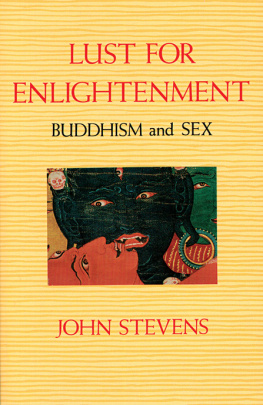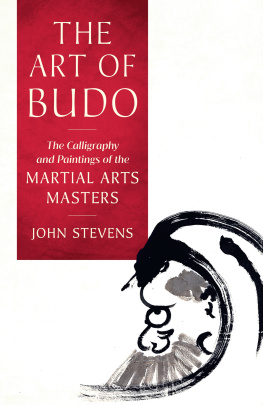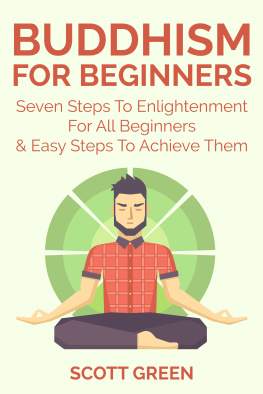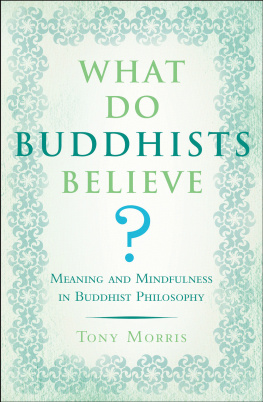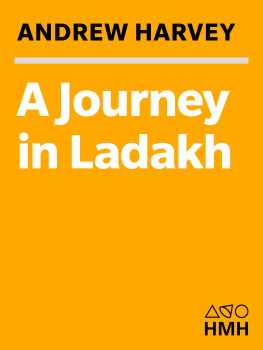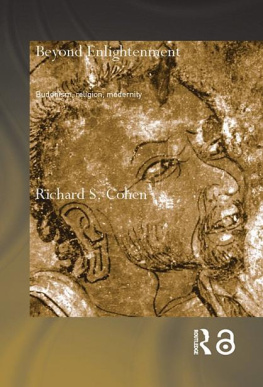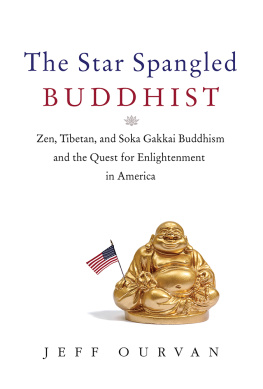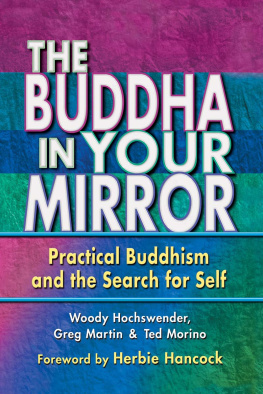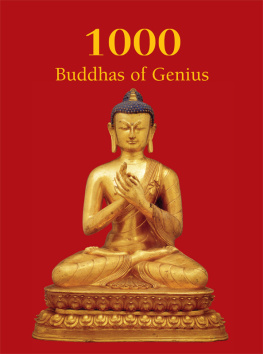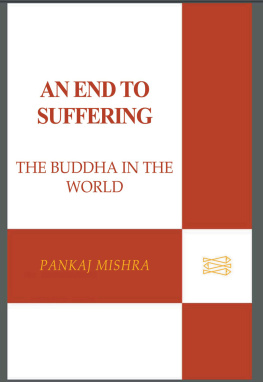ABOUT THE BOOK
Over the centuries, Buddhism has responded to sexuality in a variety of fascinating ways, sometimes suppressing the sexual urge, sometimes sublimating it, sometimes cultivating it, and, on the highest levels, transforming it. This book reveals how Buddhists, beginning with Shakyamuni Buddha himself, relate to the inner fire that drives humankind. Included are chapters on the Buddhas love life before his enlightenment and his later relationships with women; the tantric approach to sex among Buddhists of ancient India, Tibet, China, and Japan; Zen in the art of love; and a positive discussion of women and Buddhism.
JOHN STEVENS is Professor of Buddhist Studies and Aikido instructor at Tohoku Fukushi University in Sendai, Japan. He is the author or translator of over twenty books on Buddhism, Zen, Aikido, and Asian culture. He has practiced and taught Aikido all over the world.
Sign up to receive news and special offers from Shambhala Publications.

Or visit us online to sign up at shambhala.com/eshambhala.

Tachikawa-Ry sex mandala. The two polar forces of the universe, manifested as male and female human beings, are joined in cosmic embrace within a lotus-shaped yoni. The character emanating from the center of the united couple is the mystic seed-syllable A, representing the origin of existence. The Tachikawa Ry, a Japanese esoteric Buddhist sect, taught that sexual intercourse, if properly understood and practiced, was the surest way to supreme enlightenment.
Lust for Enlightenment
Buddhism and Sex
John Stevens

SHAMBHALA
Boston & London
2014
SHAMBHALA PUBLICATIONS, INC.
Horticultural Hall
300 Massachusetts Avenue
Boston, Massachusetts 02115
www.shambhala.com
1990 by John Stevens
Cover art: Tantric couple (detail). Reproduced by permission of Johannes Frishknecht.
All rights reserved. No part of this book may be reproduced in any form or by any means, electronic or mechanical, including photocopying, recording, or by any information storage and retrieval system, without permission in writing from the publisher.
The author thanks the Dawn Horse Press for permission to quote from The Divine Madman, 1980 by Keith Dowman; Penguin Books Ltd. for permission to quote from Sky Dancer: The Secret Life and Songs of the Lady Yeshe Tsogyel, 1984 by Keith Dowman; and the State University of New York Press for permission to quote from Masters of Mahmudra, 1985 by Keith Dowman.
LIBRARY OF CONGRESS CATALOGING-IN-PUBLICATION DATA
Stevens, John, 1947
Lust for enlightenment: Buddhism and sex / John Stevens.1st ed.
p. cm.
Includes bibliographical references (p. )
eISBN 978-0-8348-2934-3
ISBN 0-87773-416-X (alk. paper)
1. SexReligious aspectsBuddhism. 2. Religious lifeBuddhism. 3. BuddhismDoctrines. I. Title.
BQ4570.S48S74 1990 90-55065
294.3422dc20 CIP
If ones thoughts toward the Dharma
Were of the same intensity as those toward love,
One would become a Buddha,
In this very body, in this very life.
THE SIXTH DALAI LAMA

This book contains diacritics and special characters. If you encounter difficulty displaying these characters, please set your e-reader device to publisher defaults (if available) or to an alternate font.


Enlightenment has a physical dimension as well as a spiritual one. Over the centuries, Buddhists have responded to the urgent reality of sex, the basic fact of existence, in a variety of fascinating (and frequently contradictory) ways, reflecting the multifaceted manner in which human beings relate to the inner fire that sparks all life. Throughout history, for example, puritan Buddhists who have attempted to ruthlessly suppress their sexuality in order to attain release have coexisted with Tantric Buddhists who wholeheartedly cultivated that same primal force, believing it to be an expedient to enlightenment. Buddhists, like everyone else, have always been perplexed by the sensitive subject of sex. Nevertheless, it is an element that lies at the core of our existence, and the nature of sex is a problem that must be grappled with by every religion and philosophy.
This is the first comprehensive survey of sexuality within the panorama of the Buddhist experience. While it is true that Buddhism has a history that can be more or less described in objective terms, the message itself is hardly limited to historical events or documentary evidence. The Buddhist experience, mythological as well as historical, is all-encompassing. It includes meditation practice, oral transmission, instruction by example, written texts, sacred art and liturgy, ancient lore and traditions, personal encounters, universal intuitions, and transforming realizations. Those factors have remained essentially the same regardless of era and area.
Thus, on the highest levels, it is not correct to speak of the development of Buddhism. External conditions have changed, of course, and the mode in which Buddhism is expressed differs in each generation, but the inner elements of the Buddhist experiencethe quest for enlightenment; the realization that life is impermanent, imperfect, and selfless; the overcoming of craving, hatred, and delusion; the transformation of body and mind; and the emphasis on deep insight and all-embracing compassionare ever present. No matter what the time or place, Buddhistsand all human beingshave been confronted by the same existential questions that we face today. Paramount among these questions are What is the true meaning of sex? and How should men and women relate to each other?
Meeting the challenge of those questions head-on, I ask the reader to join me in a journey through the vast vistas of the Buddhist experience, created over thousands of years in countless lands among all manner of human beings, in order to plumb the depths and scale the heights of human sexuality.

The Buddhist experience relies on higher truths, and it does not really matter, ultimately, whether or not there was a historical Buddha; however, the traditions and legends that surround the life and teaching of Gotama, the Awakened One, born in what is now Nepal sometime around 500 B.C.E., are based on perceptions that shape the Buddhist vision of the universe.
Even texts compiled by puritan Buddhists contain a wealth of information on his birth, early manhood, and sexual experiences, and it is not difficult to flesh out the romantic legend of Gotama in loving detail.
The requisites for being the mother of a Buddha, for instance, are clearly delineated: she must be beautiful in facial appearance, figure, limb, and bearing; virtuous, of pleasant disposition, polite, patient, modest, chaste, obedient, reflective, and religious-minded; gracious and not facetious or quarrelsome; skilled at feminine pursuits; pure in body, mind, and speech; free of evil thoughts, anger, hatred, and the faults of ordinary women.
Queen My met all these requirements and was a stunning beauty as well: dark, perfumed curls surrounded her unblemished, perfectly proportioned face; her eyes were clear as a blue lotus leaf and her lips red as a rose; her teeth shone as brightly as the stars in the sky, her breath was as fragrant as incense, and her voice as soft as a doves; her body was smooth, firm, and lusciously shaped. Queen My was, in short, ravishing to the eye and heart, radiant, alluring, and gleaming with a sheen of gold, so comely that even the gods envied her. In fact, she was called Mydevi, Goddess of Illusion, because her body was too beautiful to be believed. Her husband, King uddhodana, was the ideal mate, supremely handsome, with a powerful, well-formed body, and neither too young nor too old.
Next page
